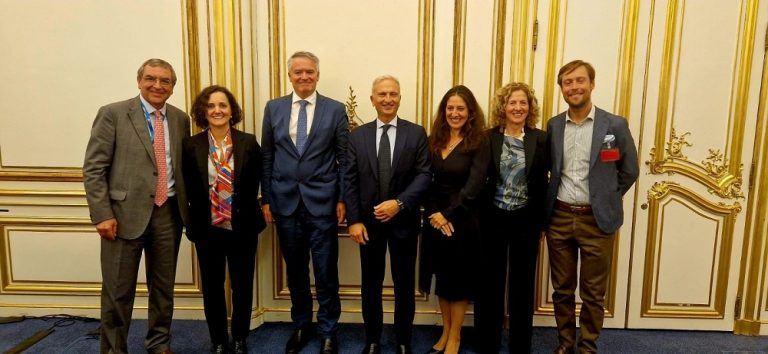In February, the Polish Government presented a new Economic Development and Investment Plan starting in 2025 called “Poland: the turning point year”. The aim is to strengthen fixed and human capital, while improving the regulatory environment to make the country more competitive. The plan focuses on six strategic pillars, ranging from scientific research to energy transformation, from technological development to infrastructure, and to specific measures to stimulate the capital market, as well as streamline and simplify bureaucracy for companies.
The first pillar concerns investment in research, with a strong link between the academic world and the production sector. Significant allocations are planned, including EUR 120 million for the creation of a National Science Centre and around EUR 360 million for universities.
Another key point is energy transformation, with a ten-year plan worth EUR 15.5 billion to ensure stable and affordable energy. The resources will be used to modernize the electricity grid, build new plants and increase renewable sources, including biogas, storage systems, wind and nuclear energy. The government has also announced the start of studies to identify the site of a second nuclear power plant in the country.
Poland also aims to develop new technologies, investing in strategic sectors such as artificial intelligence, cybersecurity and space technologies. A “Deep Tech Fund” of around EUR 71 million is planned, along with targeted investment in artificial intelligence (AI), including the expansion of the AI plant in Poznań. Major global technology companies, including Google, Microsoft, Amazon and IBM, have already expressed their interest in the Polish market. Microsoft, in particular, has announced an investment of around EUR 680 million to expand cloud and AI infrastructure.
Another area of great importance is the development of infrastructure, with particular emphasis on ports and railways. The plan envisages investment of approximately EUR 43 billion euros to strengthen the railway network by 2032, with the aim of tripling the volume of goods handled in ports by 2030. Interventions are also planned to improve the road network and facilitate intermodal connections.
In view of stimulating the financial market, the Polish government plans to promote a more dynamic capital market, with the creation of the innovate.pl platform, designed to connect companies with institutional investors. Tax incentives are also planned for the pension savings system, as well as incentives for companies listed on the Stock Exchange and a reduction in the tax on capital income.
Finally, the plan includes measures to deregulate and support companies, with the aim of streamlining and simplifying the bureaucratic and tax context. The new measures include the reduction of reporting obligations, the limitation of tax penalties and the increase of the ceiling for VAT refunds from 200 to 240 thousand zloty (about 57 thousand euros). The Government has also entrusted Rafal Brzoska, CEO of the Polish logistics group InPost, with the task of developing concrete proposals to simplify regulations and facilitate the activity of companies.
In terms of economic impact, the Government expects investment between 155 and 167 billion euros in 2025 alone, including the funds from the Next Generation EU Programme released for Poland last year. This investment would account for approximately 18% of the GDP forecast for 2025, a value that is growing compared to previous years, but still lower than the EU average (22.44% in 2023).








